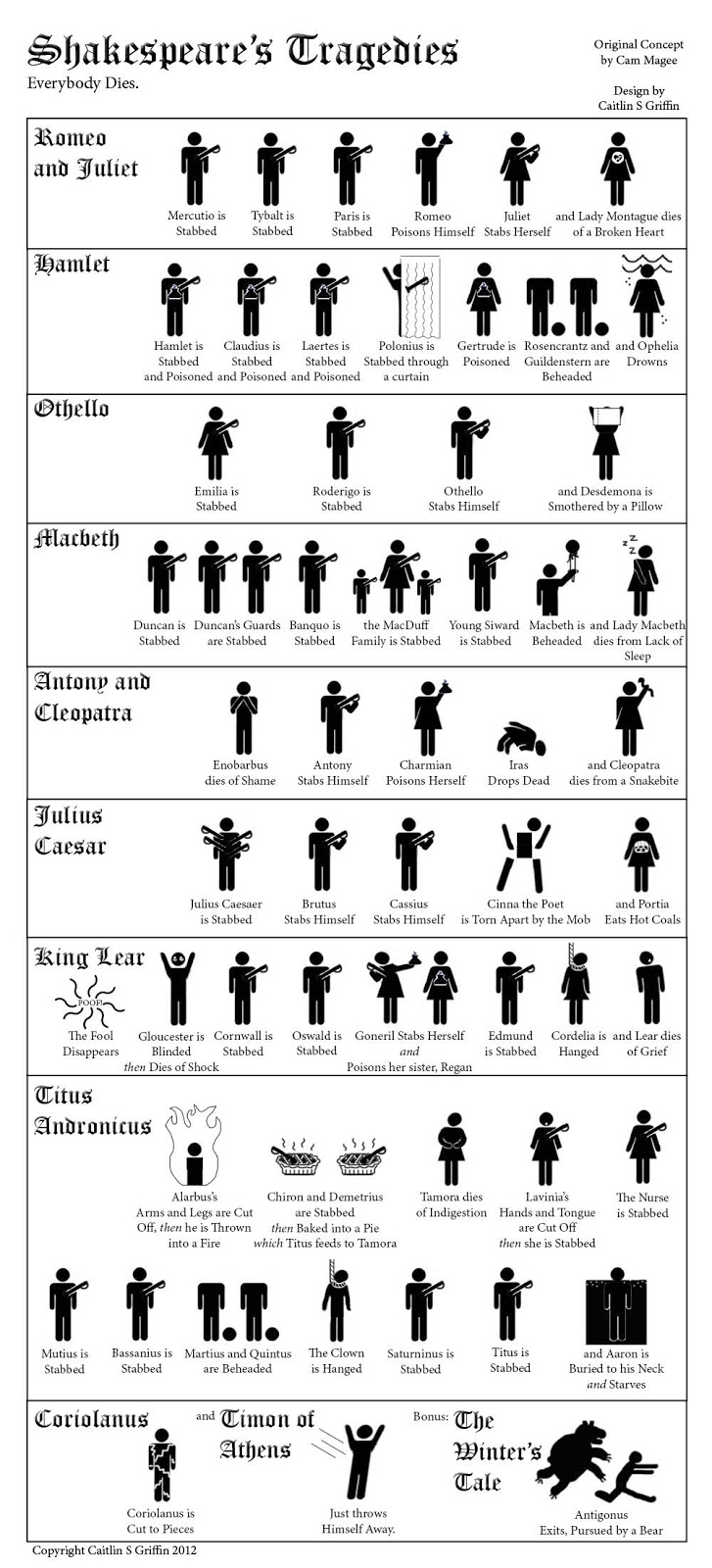You
know what bugs me? Stream of Consciousness in fiction.
“And
since sleep is is not, and rain and wind are was, it is not. Yet the wagon
is, because when the wagon is was, Addy Bundren will not be. And Jewel is,
so Addy Bundren must be, and then I must be, or I could not empty myself for
sleep in a strange room. And so, if I am not emptied yet, I am is.”
Call
it innovative, call it avant guarde, call it whatever you want. But don’t tell
me it gives the reader any clue what it’s like to be inside the character’s
head. I’ve been inside a head before.
I’m inside mine every day. And it’s not disorienting or confusing in the least.
Do things jump around a lot? Sure. Can an aroma or a song or a visual cue
disrupt my thoughts and throw me twenty years into the past? Happens all the
time. But there’s almost always some context, some thread I can follow in
retrospect, something that ties the thoughts together into a fluid and flowing
“stream” of consciousness.
But
on the written page? That’s a different story altogether. When I have to wade
through a confusing interior monologue in a book- I get the same feeling I get
in my worst, mixed-up dreams. It’s a jolting confusion, like riding a
rollercoaster in pitch blackness. It’s like those first couple seconds
underwater when you turf it on waterskis- the noise of the churning water, the
not knowing which way is up, being folded into some painful contortionists
pose...
To
be clear, I don’t think the concept is a bad one. It could actually be very
interesting if someone could pull it off (I’m told Henry James did it
differently than most). But the execution of it is all too often a festering, steaming
pile of crap.
The
way I see it you have two choices with Stream of Consciousness writing: you can
choose to replicate the speed of thought, in which case unrelated sentence
fragments are fired off almost as quickly as synapses fire in our brains (see
example above) -or- you can actually
replicate the cognitive journey of the character in question, in which case
each new thought would flow by some logical connection to the next one, and
each will leave the character with the feelings, memories, images and ideas
associated with those thoughts- no matter how fast it occurs in real life. In
other words you can go fast, or you can go deep. But you can’t do both.
If
your goal is to demonstrate the physiological wonder of the human brain, and
show how fast it moves between thoughts, then fine, go for option one above.
Show us how random you can be. Awesome. But distant memories won’t be sorted
from present action or from visualizations of future possibilities. Past and
present, the real and the unreal, the hoped for and the feared… we won’t know which is which. Your reader
will just feel like they’re riding Space Mountain for the first time.
But
if your goal is to convey what it’s really like to be inside the character’s
head, your only real choice is to slow the passage of time and flesh out each
impression as it surfaces- recreating the memories, painting the word pictures
and describing the feelings they bring with them. Too long and boring? Doesn’t
have to be. It’s done all the time for fight scenes. What would be an
incomprehensible tangle of limbs, grunts, thoughts and pangs if paced in
real-time, is slowed down and elongated so we can see each punch, each reaction
and counterpunch, motivations, momentum, etc. But as long as writing is done
with words, this choice between speed and depth will have to be made.
The
reason for this is that the old adage that “a picture’s worth a thousand words”
actually holds true. And unless you’re going to make a stab at getting some of
those thousand words down on paper as each thought-picture appears to a
character, then you can never give the reader the feel for what it’s like to be
in the character’s head, and to see what’s going on. And yeah, to pretend otherwise, kinda bugs me.























